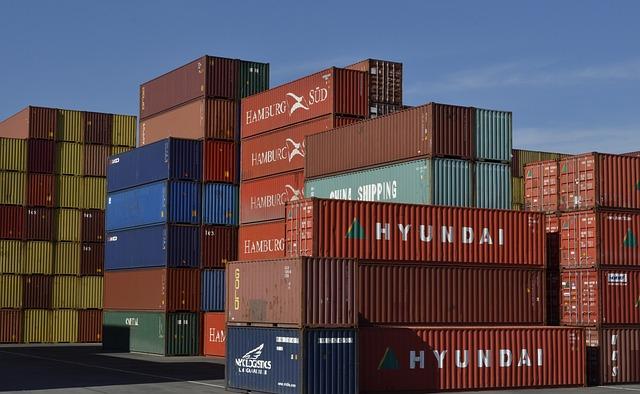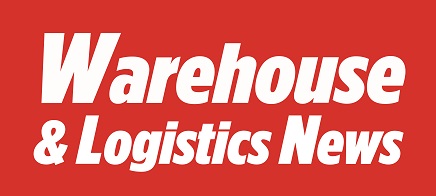It’s little wonder that UK businesses are struggling in the current climate, as in addition to adjusting to the ongoing impacts of Brexit and the coronavirus pandemic, the macroeconomic climate has been characterised by rampant inflation and rising interest rates.

While inflation depreciated slightly from 11.1% to 10.7% in November, this remains far higher than the 2% target set by the Bank of England.
At the same time, the BoE has sought to quell inflation by engaging in quantitative easing measures and hiking the base rate to 3%, sending the cost of borrowing soaring for both households and businesses alike.
As for domestic and global supply chains, these have been disrupted markedly by Brexit and continue to underpin delayed transactions and goods’ shortages in some instances. In this post, we’ll take a closer look at e-fulfillment challenges post-Brexit, while looking at how you can start to combat these.
Brexit and the Supply Chain Explained
Brexit and its mismanagement continues to impact the UK negatively, with recent reports discussing how it’s still wreaking havoc on the NHS and increasing pressure on services by exacerbating clinical vacancies and recruitment shortages.
When it comes solely to the supply chain, disruption is being felt across the board and on an ongoing basis, with consumers feeling the brunt end of delays and shortages. Brexit is of course a key trigger here, in conjunction with the UK’s new-found reliance on China and the subsequent disruption caused by Covid-19.
According to a detailed report by digital supply chain experts project44, delays and the average global freight rate have increased markedly through 2021 and 2022. At the same time, the company found 44 potential triggers for supply chain disruption, with Brexit and China undoubtedly the two most prevalent.
From the perspective of Brexit, leaving the EU has undoubtedly reduced the number of lorry drivers active in the UK since the end of 2020, triggering numerous bureaucratic delays across a multitude of industries.
At the same time, the impact of new UK border controls and customs arrangements began to hit home at the end of January 2022, placing more controls on food and animal products and increasing the amount of time it takes to land and process shipments from the EU (and vice-versa).
These issues are broad and far-reaching, while the lack of clarity and organisation from the Tory government means that they show no sign of abating anytime soon.
What are the Main Fulfilment Challenges Post-Brexit
These challenges are particularly problematic for ecommerce brands, which often thrive or fail based on their ability to import goods and ship items to customers within a short period of time. We’ll explore some of these issues in a little more detail below, so that you can gain further understanding and insight.
- #1. Paperwork and Customs Delays: Since Brexit, both carriers and business ventures (including ecommerce brands) are compelled to present specific and new datasets to customs. Despite this, customs’ own IT systems haven’t been upgraded to handle the additional information required as a result of Brexit, with this often required for individual parcels. This data includes HS codes, country of origin information and GB VAT numbers, and the process of collating and processing this information is triggering seismic administrative delays.
- #2. VAT Changes: After leaving the EU, UK brands are still required to collect 20% UK consumer VAT (at least in the case of EU to UK deliveries). Your ecommerce venture will therefore need to register for UK VAT if it trades directly with EU customers, in order to obtain a viable VAT number. The process can be particularly complex for orders worth £135 or more, with this requiring businesses to pay the 20% VAT levy in full before the delivery of relevant parcels. (which is particularly challenging for small ecommerce businesses).
- #3. Additional Costs and Surcharges: On a fundamental level, Brexit has made cross-border transactions and shipments far more expensive over time, with surcharges of up to €20 now considered normal on parcels delivered between the UK and the EU. Costs can increase further when trading goods that originate from outside of the EU, especially in manufacturing hotspots such as China and Taiwan. These surcharges exacerbate the further admin and customs delays, impacting markedly on ecommerce ventures across the board.
How to Resolve These Challenges
Responding to these challenges is key, whether you look to reduce operational costs elsewhere in your business, adjust pricing or look to increase your share of the UK market and reduce the trade you conduct with EU firms.
Another viable option is to consider outsourcing responsibility for ecommerce fulfilment to a reputable and experienced provider. If you secure ecommerce fulfilment from Salesupply, for example, you can leverage expert logistics and delivery services from an entity that has already made provisions for the challenges posed by Brexit.
Companies such as Salesupply are also able to better absorb any additional costs and surcharges, while continuing to drive savings on bulk shipments through fulfilment centres across the globe.
They also don’t charge additional fees on top of the surcharge payments now associated with UK-EU trade (and vice-versa), while they’re able to minimise delays and ensure much quicker delivery times than you’d otherwise be capable of.
This option is particularly recommended for small ecommerce businesses and stores, who are likely to lack the financial and structural resources to cope with a complex logistics landscape and struggle as their business demand scales.
The Last Word
As we can see; Brexit continues to create challenges from the perspective of ecommerce fulfilment and logistics, while the pressure that this has placed on the supply chain has also been compounded by Covid-19, Russia’s invasion of Ukraine and continued disruption in China.
These challenges affect both the timeframe for shipments and the administrative costs, but the good news is that you can negate some of these issues by partnering with an expert ecommerce fulfilment provider.
Of course, you’ll need to ensure that this type of service and partnership is right for your ecommerce brand, but if you ship goods to customers in the EU, this is likely to be a recommended course of action.




Comments are closed.